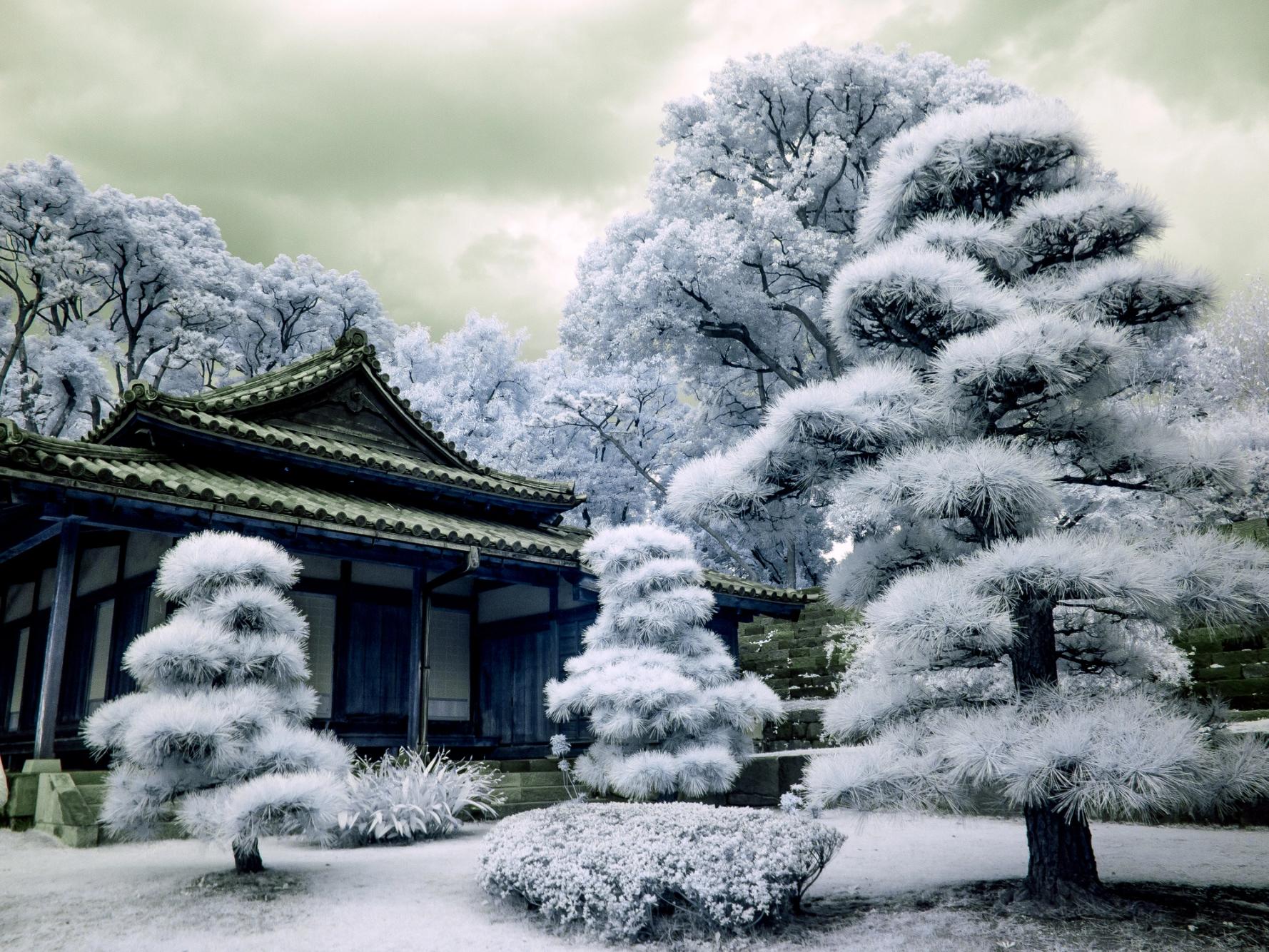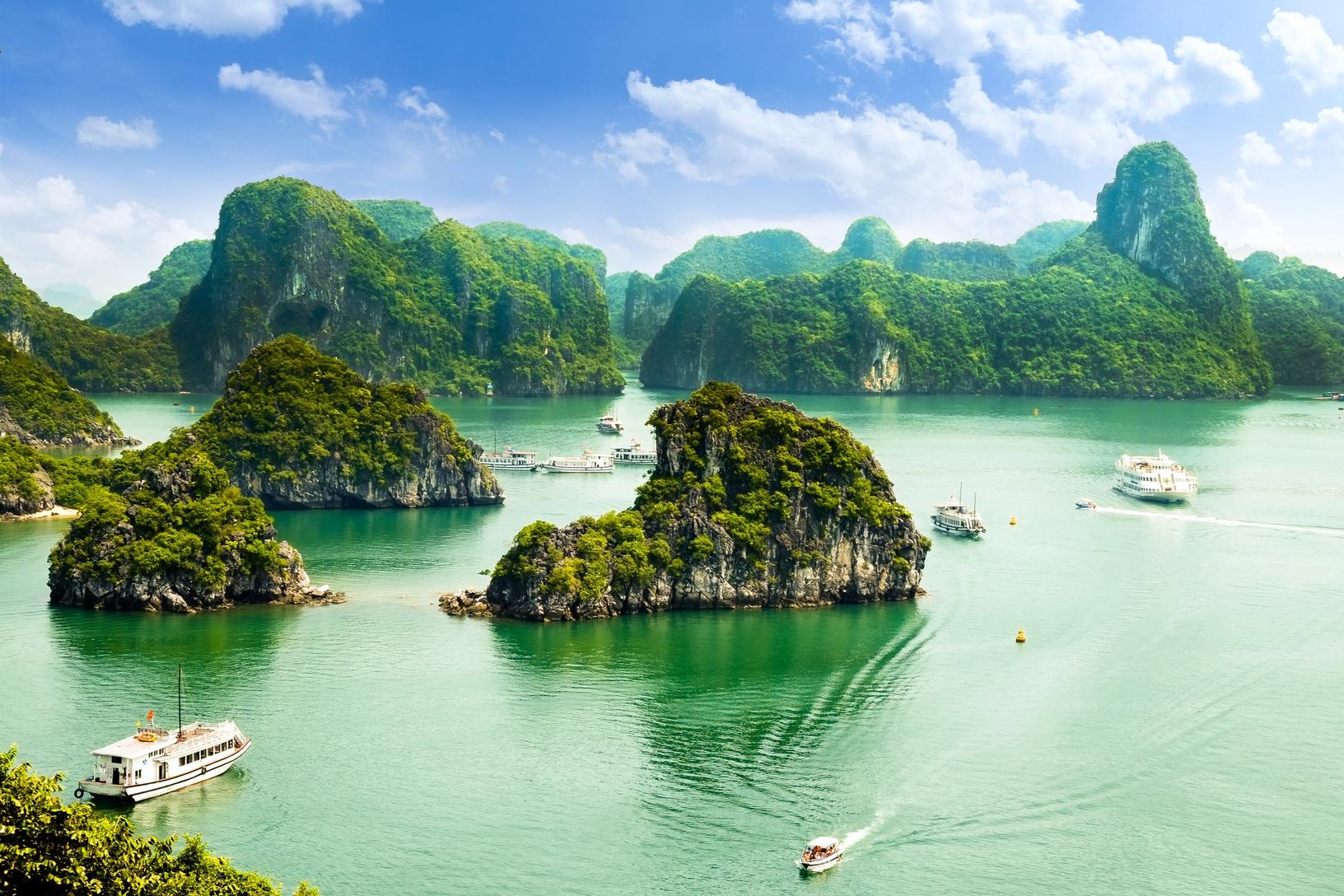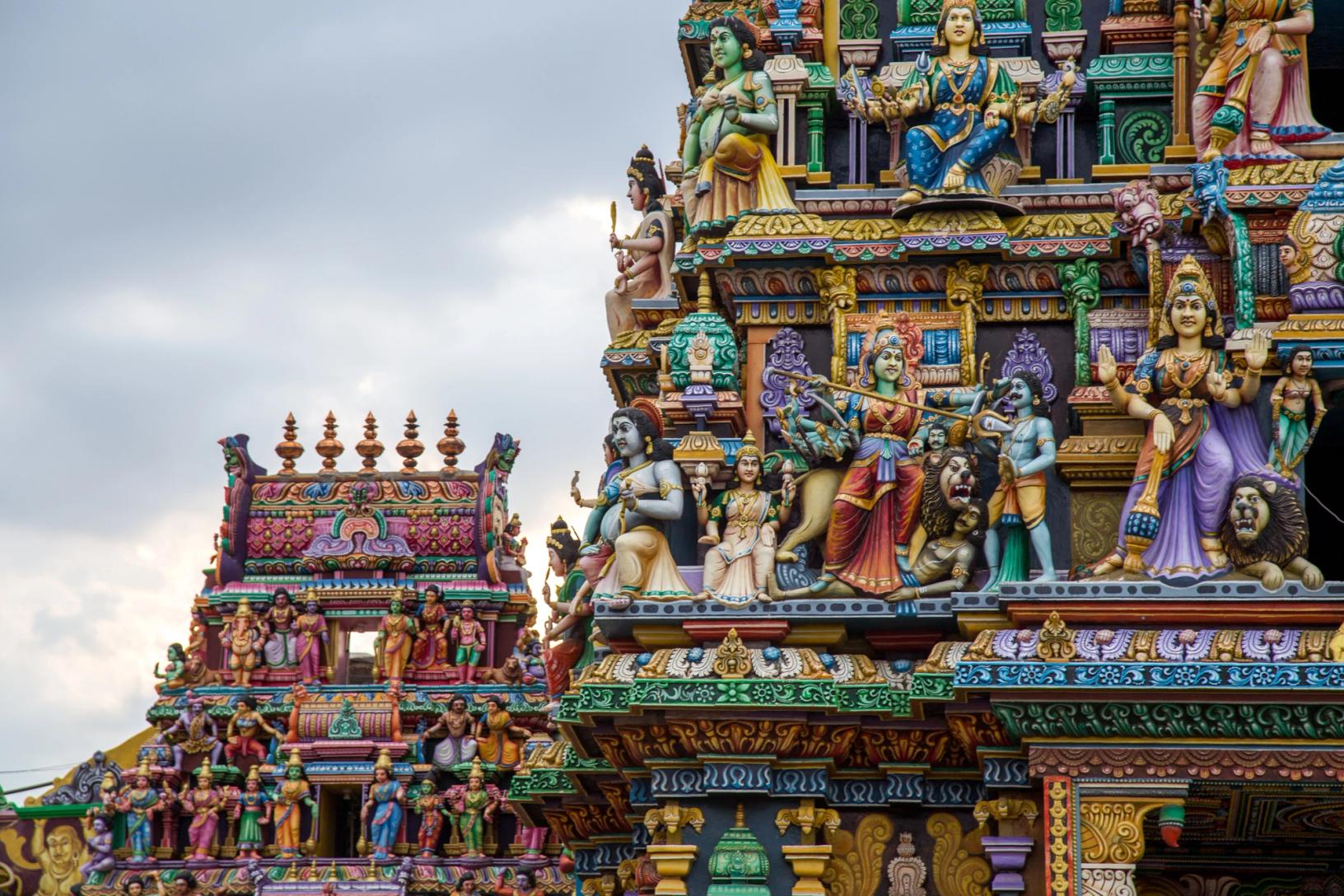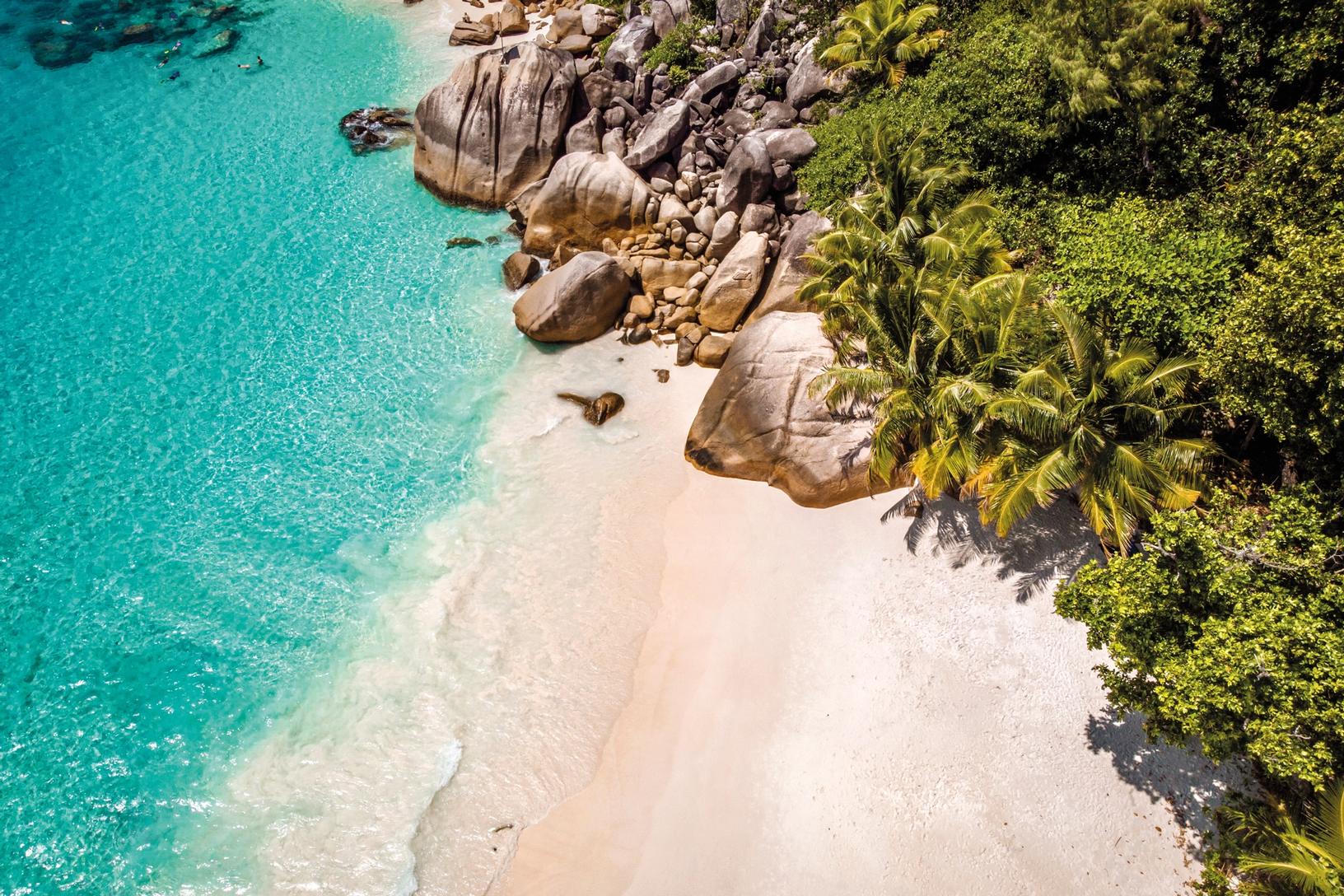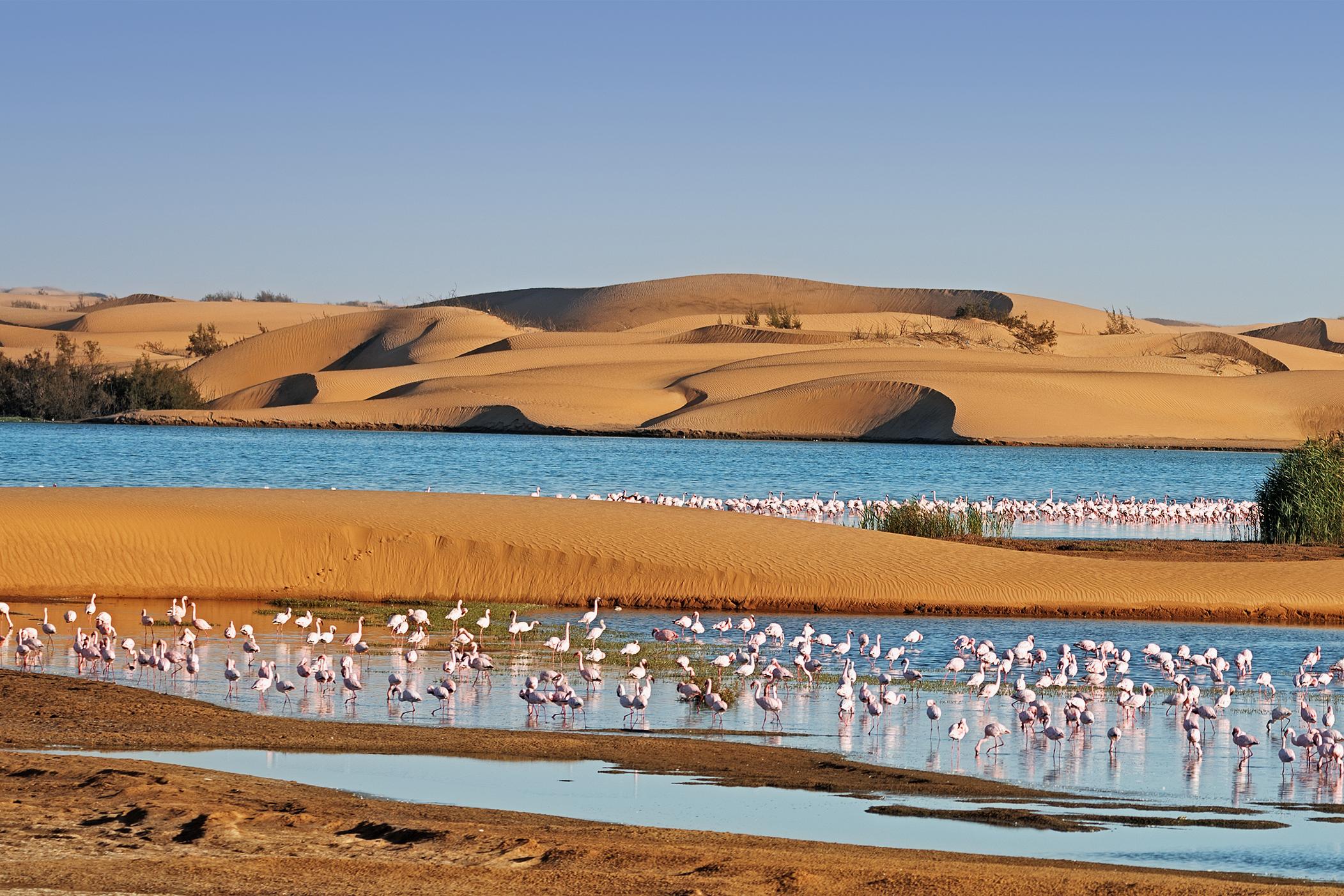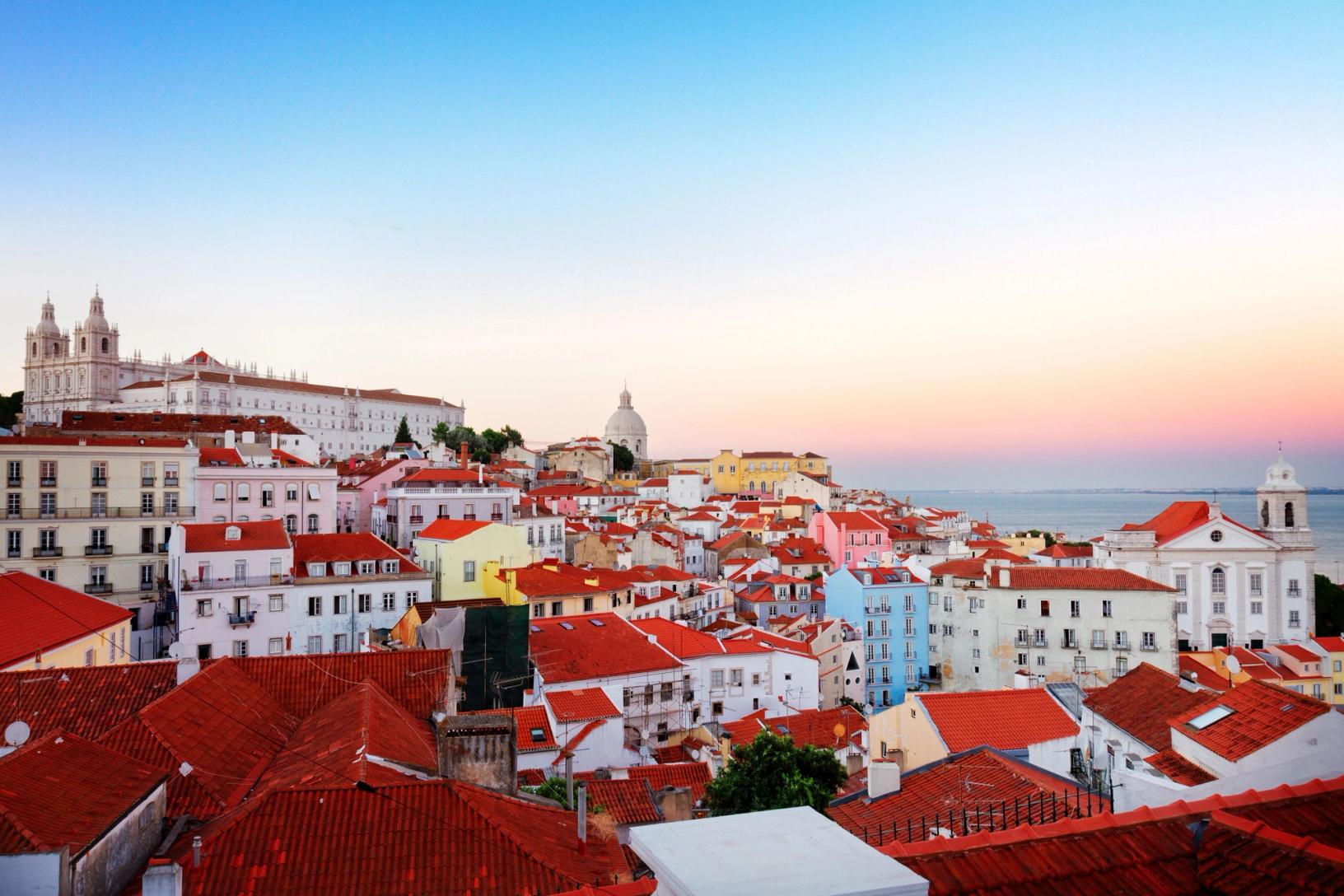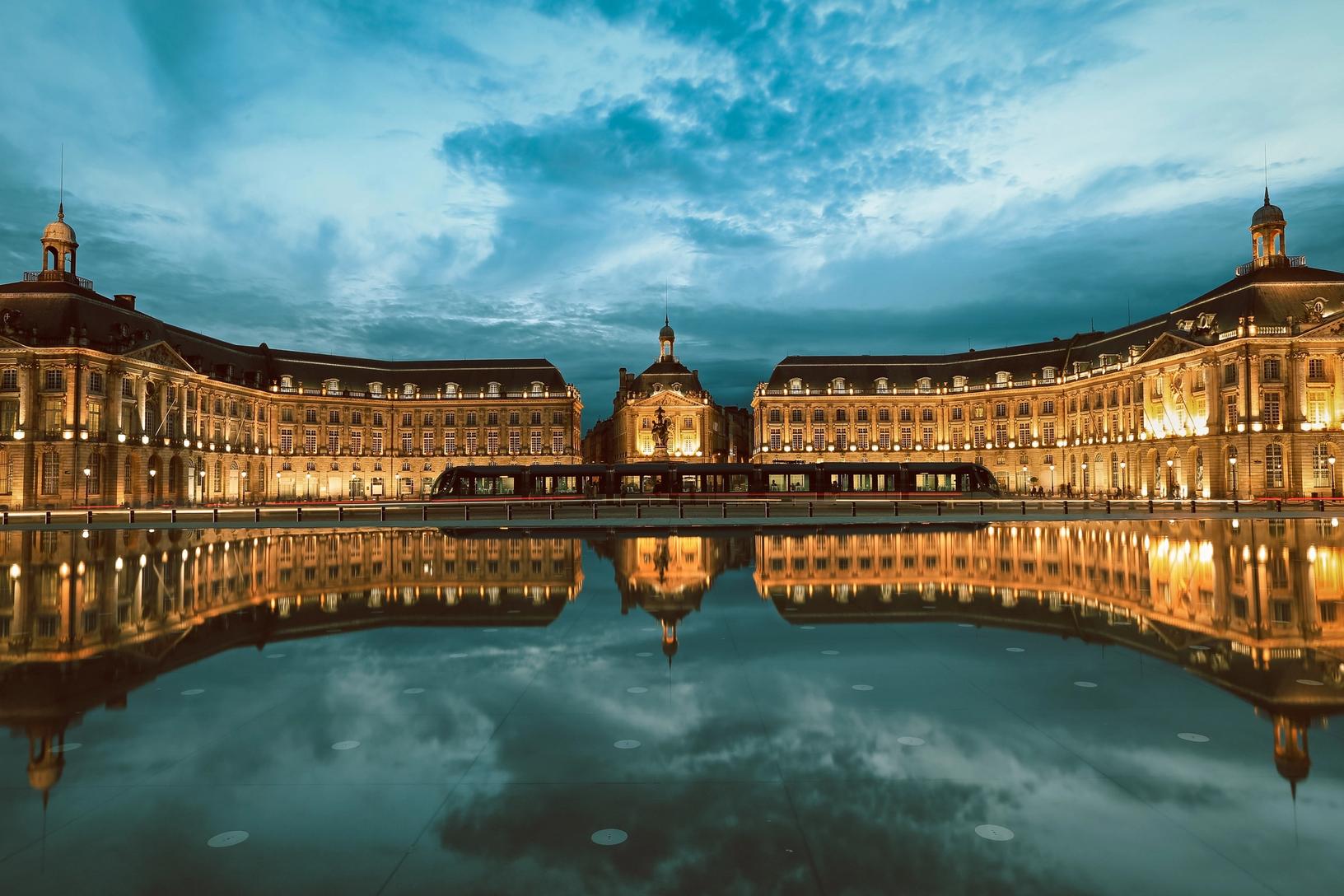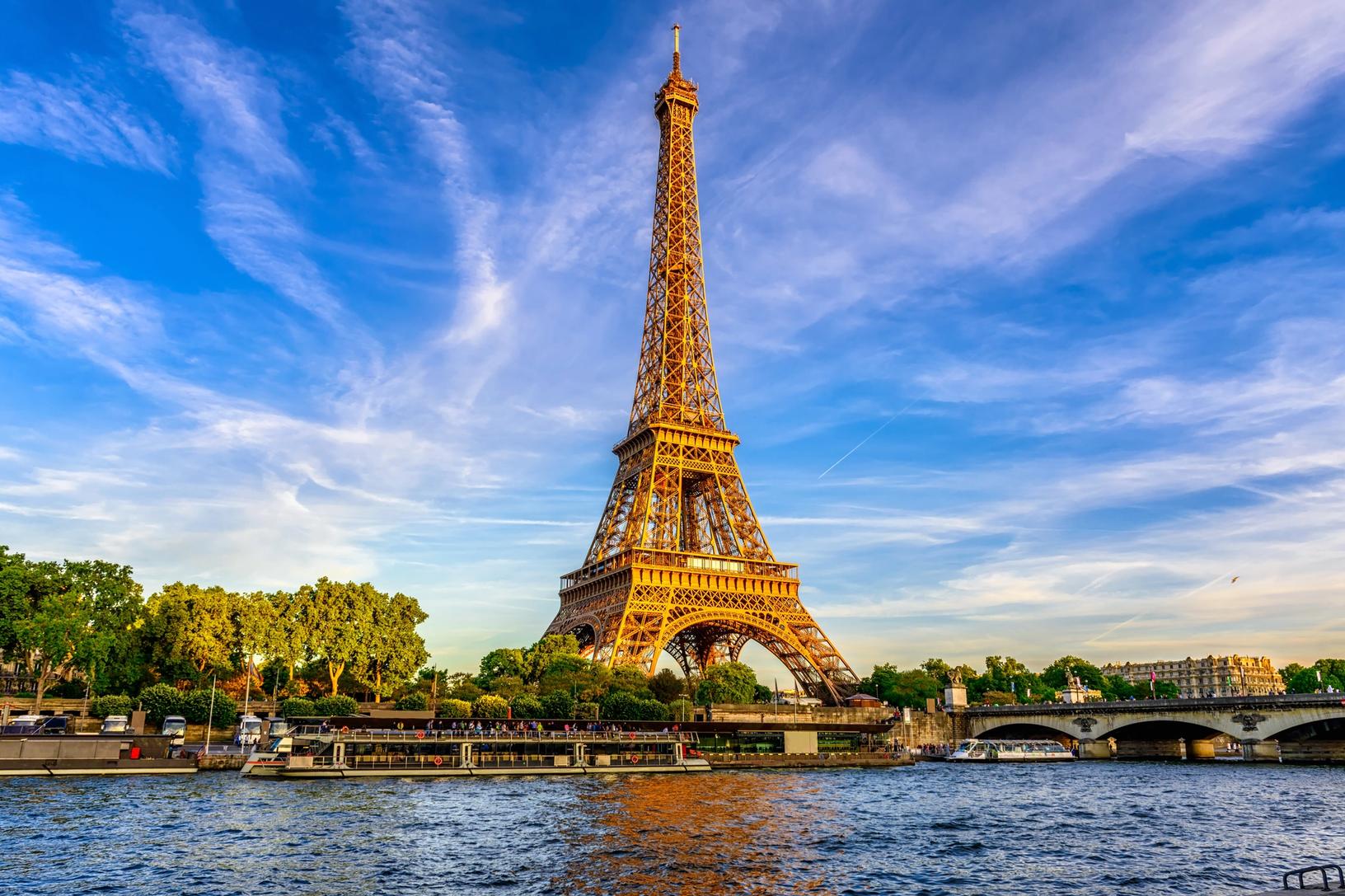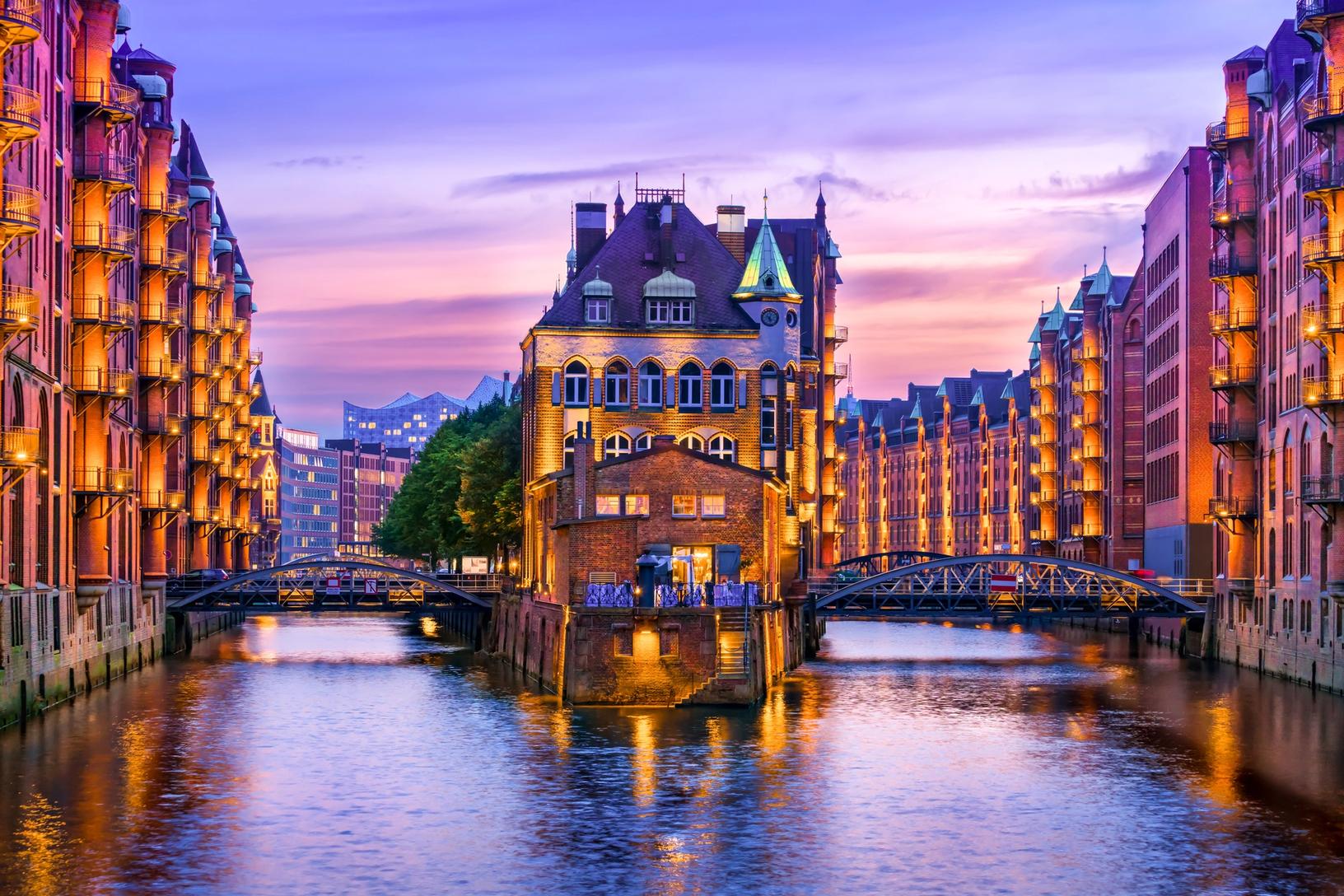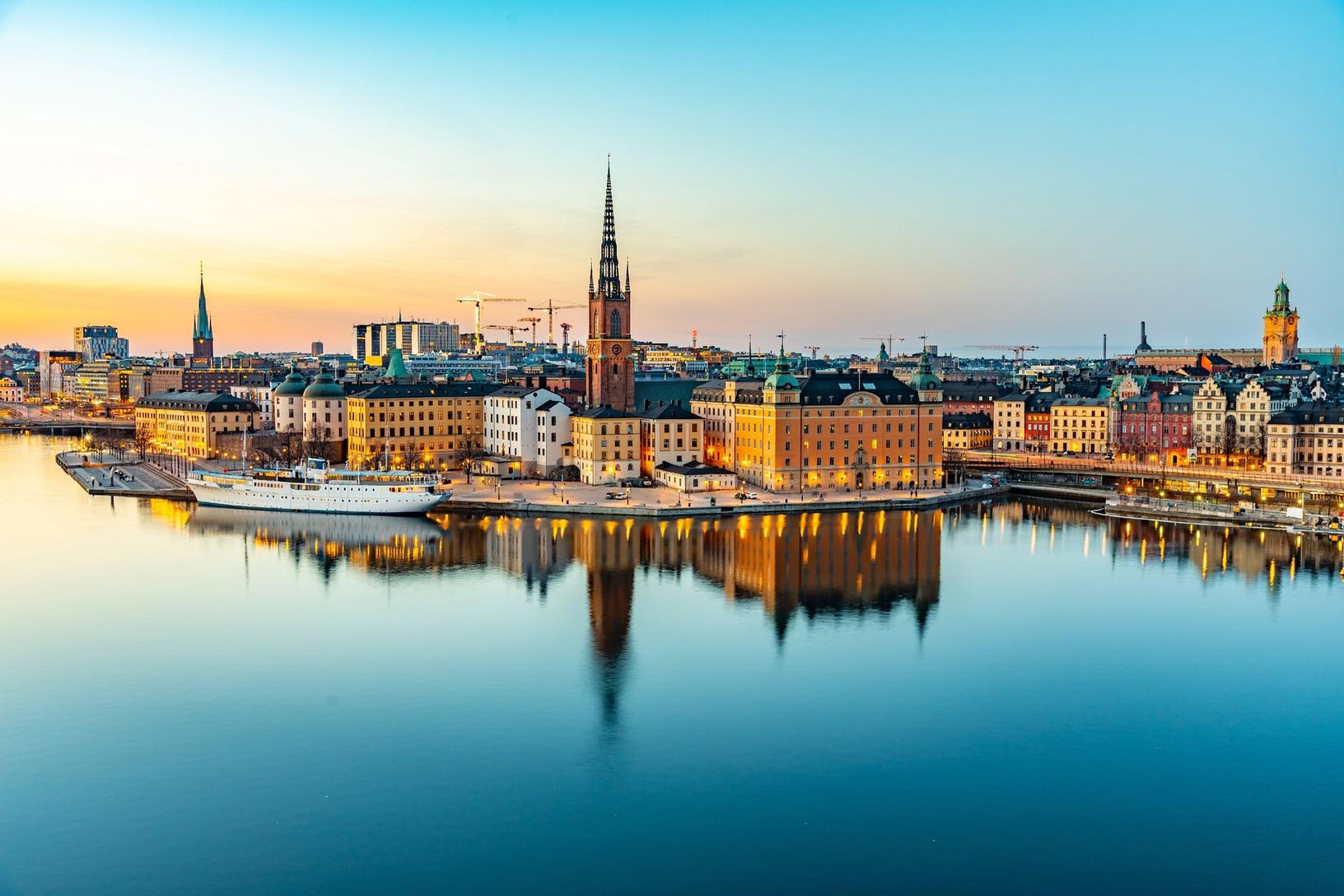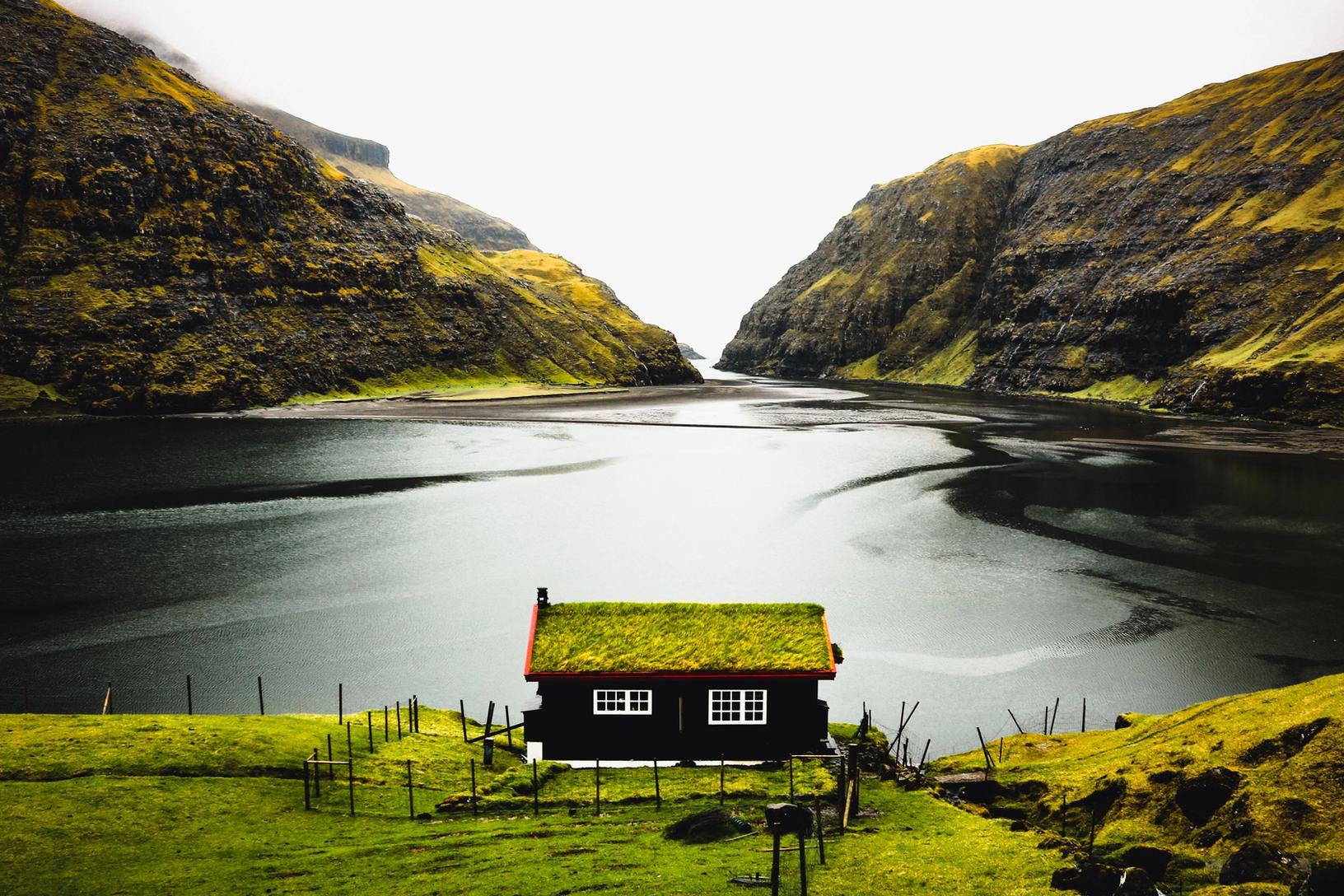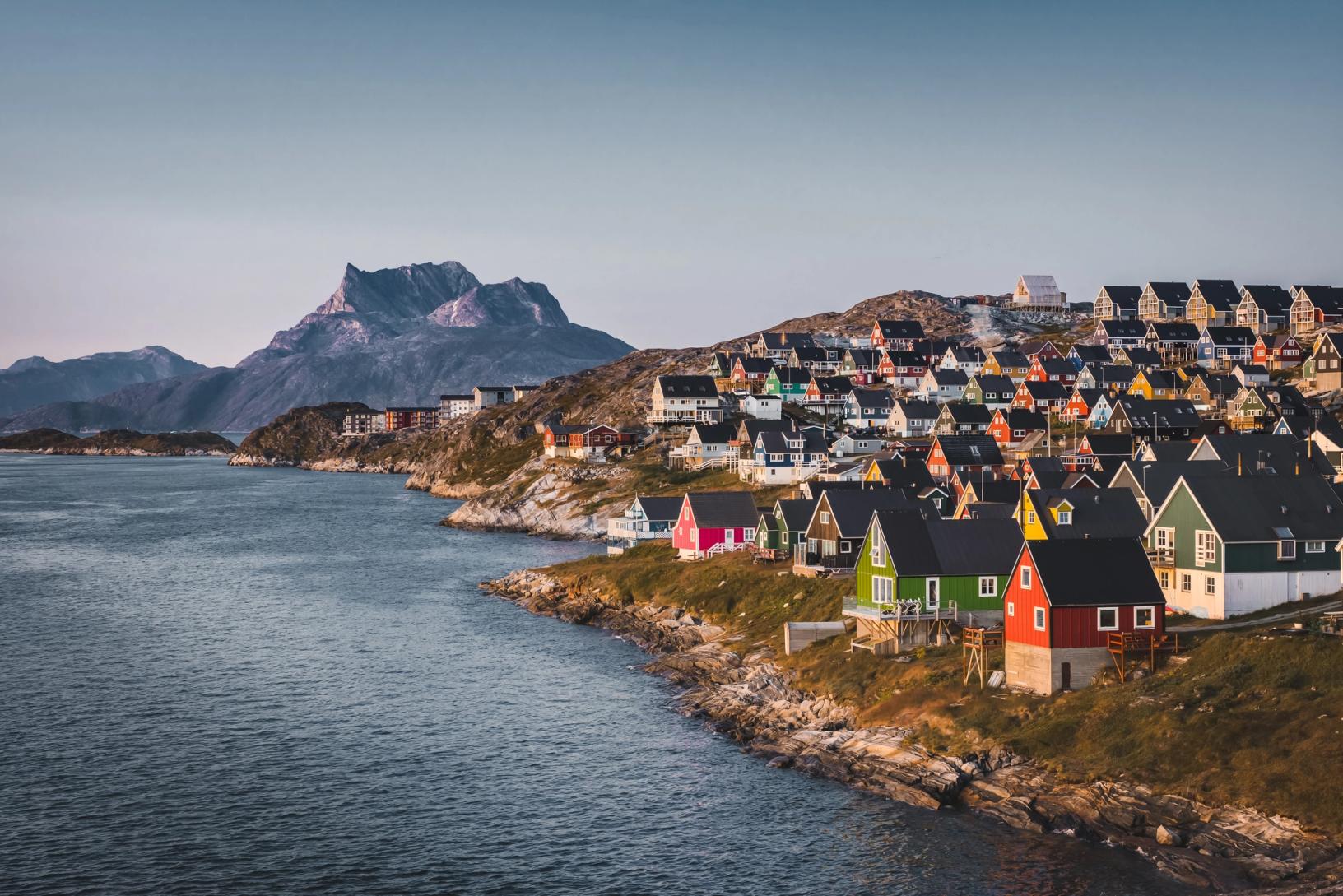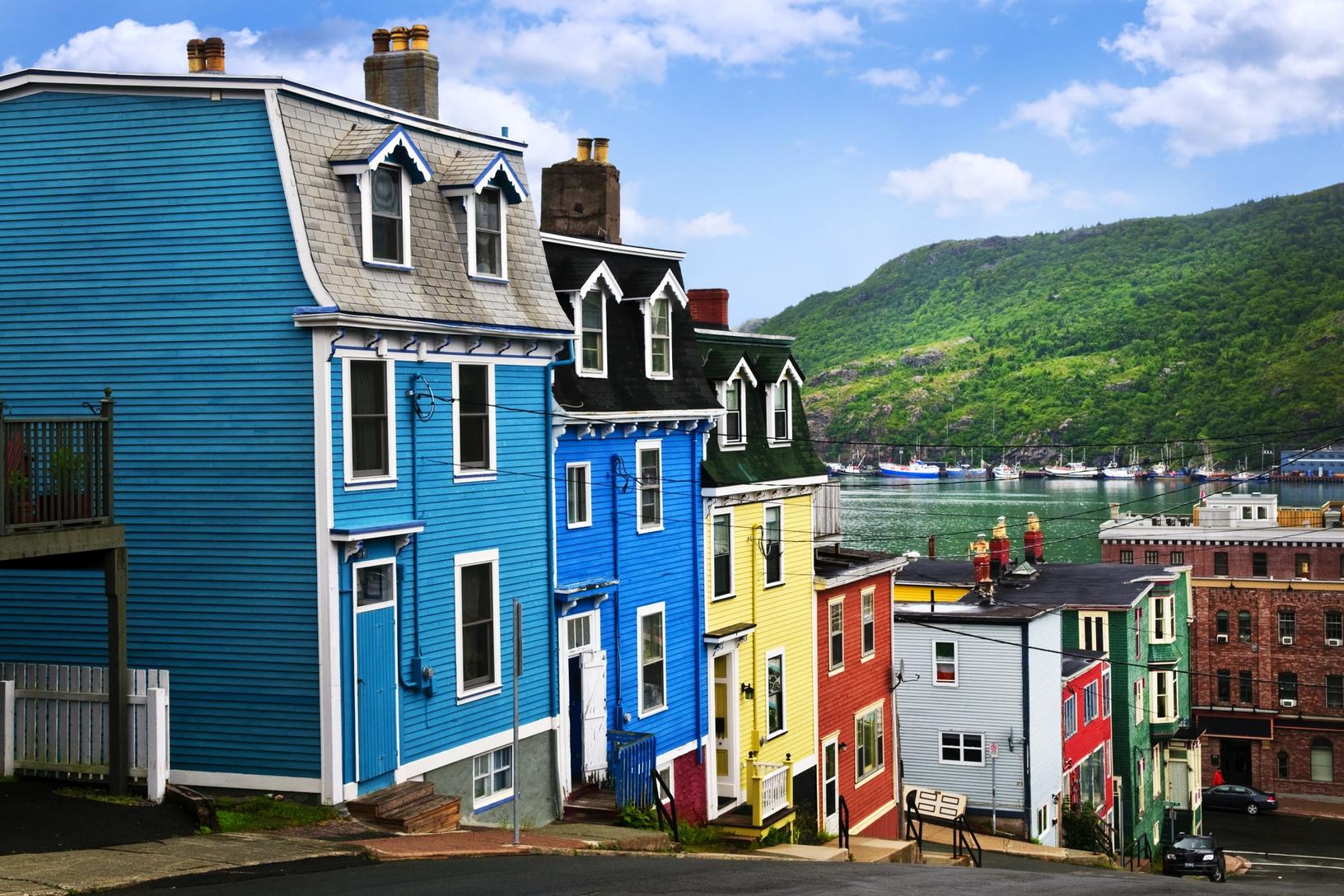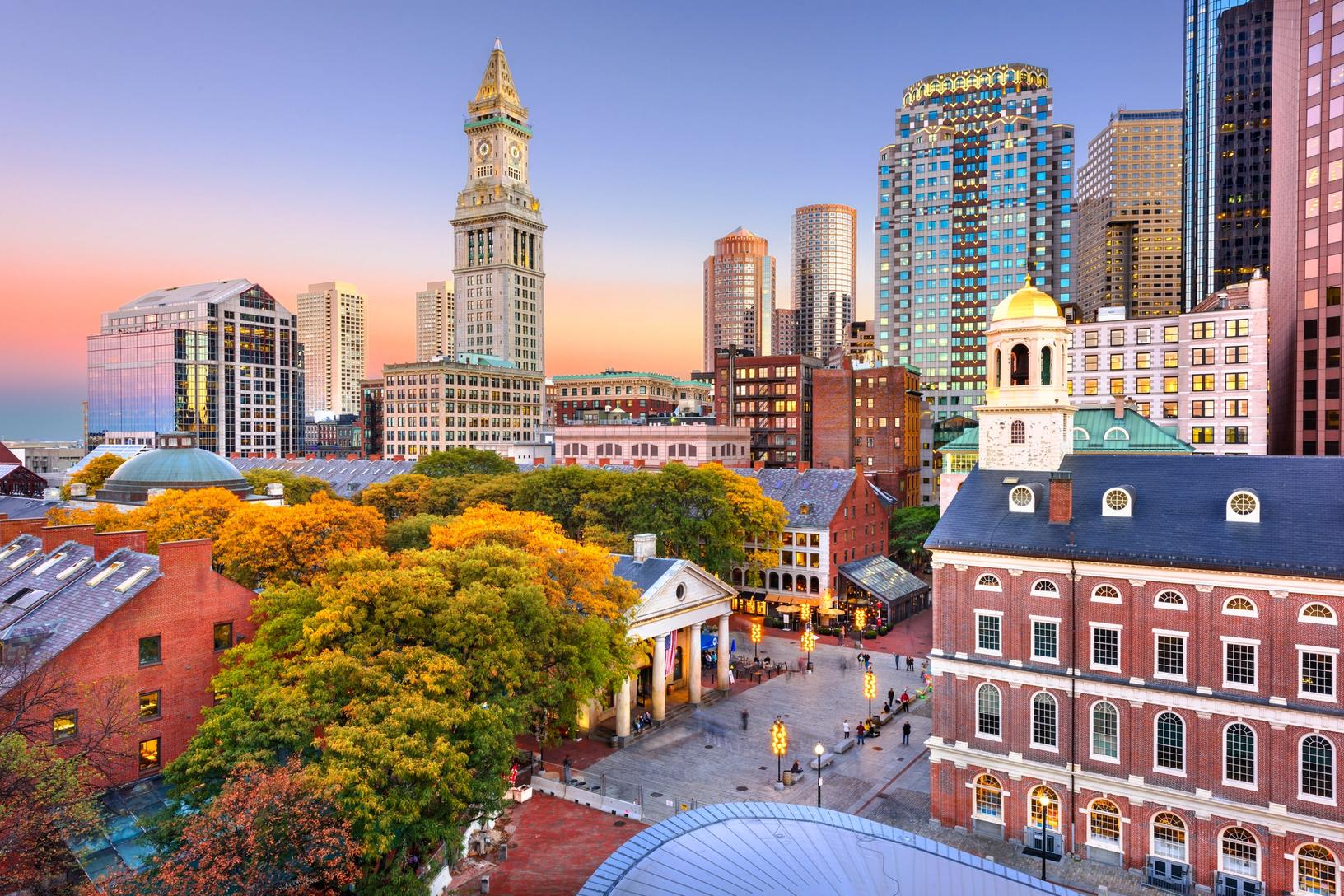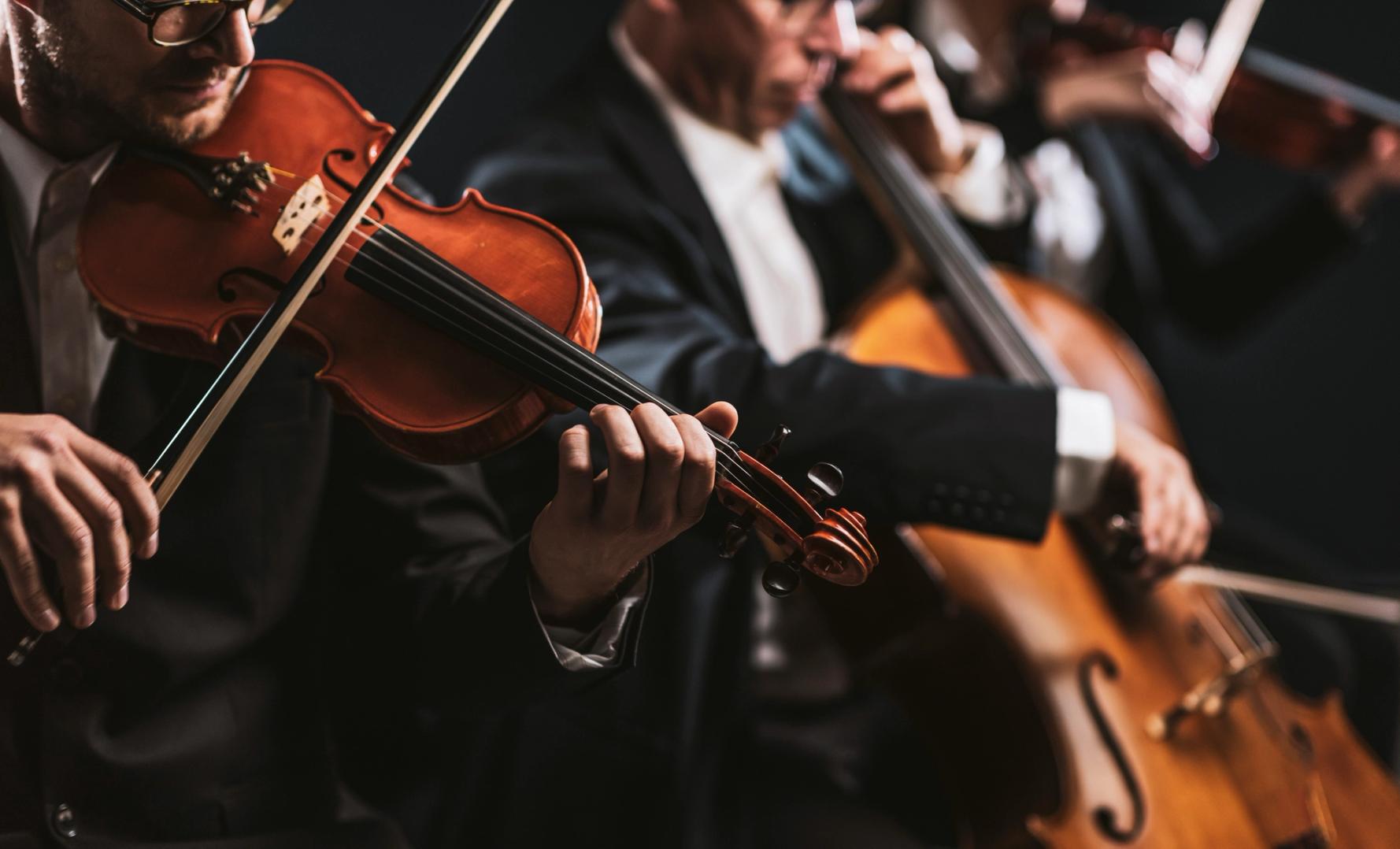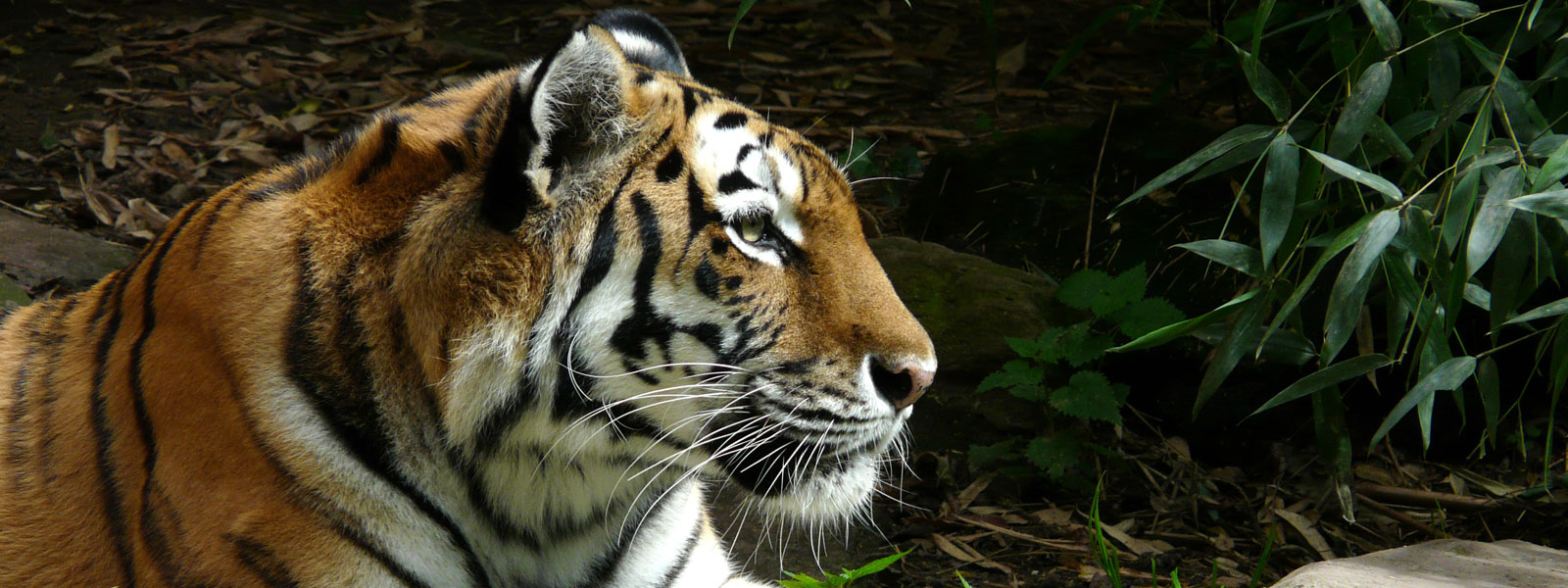
Friday, April 11, 2025 – Photo of the Day – Saint Peter, Guernsey

Where in the World Are We?
We are in Saint-Peter, Guernsey, in the English Channel.


ST. PETER PORT, GUERNSEY
Where the “action” is found
The picturesque capital of Guernsey proves that you don’t have to go to the Caribbean for white sand and crystal clear water. St Peter Port is wonderfully pretty and atmospheric, with blooming floral displays, tiny stone churches, and brightly painted boats. Moreover, summers are mostly sunny and comfortable, so you don’t have to worry about the weather.
As the capital of Guernsey, St. Peter Port is where the action is. This mainly takes the form of strolling the cobbled streets, stopping every now and then to admire and perhaps photograph the stunning views.
Once French (original name: St. Pierre Port), the town is at least 800 years old, with the stone castle and maze-like streets to prove it. Once you have made your way up to the ancient castle, make it like a local and find refreshment with cream tea, washed down perhaps with a glass of cider! If the weather is on your side, there is undoubtedly no more invigorating pastime than hiking up to the spectacular Guernsey cliffs, taking in stunning views of wildflowers, sandy beaches, and English Channel views.
For those who want to spread their wings a little further, the tiny island of Herm is just a 20-minute boat ride away, and homes no cars, one pub, a few cows, some puffins and about 50 people. Don’t be fooled by St Peter Port’s nostalgic exterior. The seaside town has made a name for itself as a foodie heaven, with everything from beach huts to Michelin-starred restaurants offering sumptuous, locally sourced fare.
SIGHTS
• Castle Cornet Victor
• Hugo House
• Town Church
• German Naval Signals HQ
• La Vallette Underground Military Museum
• Guernsey Tapestry Gallery
• Guille-Alles Library
• Candie Gardens
• Guernsey Museum & Art Gallery
SHOPPING AND CUISINE
The shop windows on the High Street and the Pollet are sparklingly clean and filled with local goods and more recognisable regional shops.
The high street twists through some St. Peter Port back lanes and flows up and downhill into the beautiful Market Square.
In the centre of St. Peter Port, where most of Guernsey’s shops are located, you can buy everything from UK brands, designer fashions, and high-class jewellery to unique, locally made goods you cannot find anywhere else. The beautiful port town is wonderfully compact and easily explored on foot.
Today’s Excursion – Castle Cornet and Town walk
We discover the charm and history of St. Peter Port, including the iconic, ancient Castle Cornet. We enjoyed seeing the legendary, 800-year-old Castle Cornet and its many museums housed within.
Town Walk
We began our St. Peter Port walking tour and learned the incredible history of this bustling place that has been an active port since Roman times. The harbor’s remoteness from France and safe anchorage have made it a significant destination among the Channel Islands. We enjoyed the picturesque harbor’s cobblestone streets, charming alleys, and regal buildings.



























Castle Cornet
Castle Cornet was initially built on a smaller island, but was connected to Guernsey with a raised walkway in the 19th century. The tiered castle appears as a fortified village just beyond the forest of masts in the bustling Fish Quay. Castle Cornet has seen many iterations over the centuries, as it has been built, destroyed, and rebuilt from Medieval to Tudor to World War 2 and has remnants of these and other periods. The original castle was begun in the 13th century as an English fortification against the French following the loss of Normandy. Over the centuries, the castle has served as a prison, a garrison, and even an arsenal.


















Militia Museum
Several museums have fascinating museum collections on this small fortified island, including the 201 Squadron RAF (Guernsey’s Own) Museum and the Militia Museum. Spend an hour and a half at Castle Cornet, visiting the “Story of Castle Cornet” exhibition or perhaps just wandering the buildings and four small gardens, including an apothecary’s garden and a
kitchen garden.





















MOTOWN
TONIGHT’S FAREWELL SHOW
Join Silversea Singers in an upbeat, fast-paced performance featuring this iconic music style, alongside our Silversea Dancers with some stylish moves. Let us transport you back to the renowned Motown era, with memorable music ranging from the Supremes to the Temptations.















Dinner was in the Atlantide Restaurant








Thursday, April 10, 2025 – Photo of the Day – Saint-Malo, France

Where in the World Are We?
We are in Saint-Malo, France.


SAINT-MALO, FRANCE
The ‘Pirate City’
Ship sails flutter in the breeze at the natural port of Saint-Malo, a historic and resilient walled city that watches out over golden sands and island fortresses. Strung tenuously to the mainland, Saint-Malo was the historic home of a rowdy mix of skilled sailors, new world explorers, and the plunderers who earned the place its ‘Pirate City’ title. Some of history’s great voyages have launched from here, including Jacques Cartier’s, which led to the settlement of New France and modern-day Quebec.
Founded by a Welsh monk, who made his way here in the 6th century, Saint-Malo’s castle is forged from sheer granite, and its steep defensive ramparts rise defiantly. The atmospheric walled town turns its back on the mainland and gazes longingly into the sea.
Explore streets that breathe with maritime tales and medieval charm, restored from the intense damage sustained during the Second World War. Cathédrale de St Malo rises above the tight paths, offering views of the peppered islands and fortifications. Boatloads of fresh oysters and scallops are heaved ashore – savour them or grab savoury crepes galettes, stuffed with cheese and ham. Wash Saint-Malo’s foods down with a Brittany cider, which challenges wine as the indulgence of choice in these parts.
A highly tidal region, the pocket-sized islands of Petit Bé and Grand Bé join the mainland, and you can explore at leisure as the tide recedes. The incredible island of Mont Saint Michel also looms in the estuary of the Couesnon River nearby, hovering like a cinematic mirage above high tide’s waters. Elsewhere, Cap Fréhel’s lush green peninsula juts out from the emerald coast towards Jersey, tempting with rich coastal hiking trails.
SIGHTS
• X Les Remparts de Saint-Malo
• Grand Aquarium Saint-Malo
• Saint-Vincent Cathedral of Saint-Malo
• Grand Bé
• Solidor Tower
• Demeure de Corsaire (Museum)
• Jacques Cartier Museum
• Plage du Mole
• Parc de la Briantais
• Petit Be Fort
• Champs-Vauvert Cavalier
• Bon Secours beach
• House Quebec
SHOPPING AND CUISINE
There are many shops spread throughout the city. You can find local products. The shopping malls of Saint-Malo are the ideal choice for an enjoyable shopping tour among the finest and most famous international brands. These malls allow you to purchase fashion products, perfumes, electronics, souvenirs, etc. There are three main shopping malls in town: Centre commercial La Découverte, Centre Commercial La Madeleine, and Centre Commercial Le Cezembre.
Today’s Excursion – Walking Saint Malo & Sweet Touch
Embrace the Old World beauty and flavours of Saint Malo on foot during this picturesque, half-day sightseeing excursion.
Saint Malo, Old City, Castle, Ramparts, House of Duchess Ann, and Cathedral.
Our walking tour of Saint-Malo strolls around the quaint, narrow streets of the Old City, seeing sites of historical interest, including the castle, part of the ramparts protecting the town, the town’s typical streets, the house of Duchess Ann, and the Cathedral. In addition, learn about some of the town’s past luminaries, including Jacques Cartier, Duguay-Trouin, Surcouf, and the renowned romantic writer Châteaubriand.
Rampart Walk, Creperie, and Crepes and Cider
Next, stroll along the ramparts, then proceed to a creperie inside the city walls for a crepe with a glass of cider (or soda).
Following your refreshment stop, continue your walking tour, which concludes back at the pier.






















































































MASTER MAGICIAN
HEADLINE ENTERTAINER BRETT SHERWOOD
Back by popular demand with a different
show of laughter and mindboggling magic.







Dinner was in the Atlantide Restaurant





BEYOND THE ORIGINAL
“Beyond the Original” redefines musical expression as male vocalists reinterpret iconic female songs, and female vocalists infuse legendary male anthems with newfound depth. This seamless blend of modern artistry, with a touch of operatic grandeur, is enriched by dramatic harmonies soaring over the masterful arrangements of the Silver Dawn Band, as they perfectly complement the evening’s vocal performances. This show features standout talents – Beatrice, Francesca, Luke, and Sass – and offers unforgettable renditions bridging classic, modern, and contemporary music worlds. Experience a celebration of voice, harmony, and reinvention, where every note is reimagined and every performance transcends the boundaries of the original.









Wednesday, April 9, 2025 – Photo of the Day – En Route to Saint Malo, France

Where in the World Are We?
Sailing from Bordeaux, France, to Saint-Malo, France.

Today’s Schedule Included:
9:45 Destination Lecture with Dr. Glenn E. Robinson – Saint-Malo, St Peter Port and Southampton
A crucial area for pirates, marauders, and invading navies, these cities that span the English Channel have long and colorful histories.




















































11:00 Intermediate Bridge
6:15 Venetian Society







Dinner was in La Terrazza Restaurant











VIRTUOSO BARITONE
HEADLINE ENTERTAINER GIOVANNI PALMINTERI
A selection of songs made famous in different languages by the most celebrated opera singers in the world. All the pieces were arranged for Giovanni’s voice by prominent composers in Italy, and the tracks were recorded by the “Sicily Philharmonic Orchestra”. Songs by Carl Orff, Ennio Morricone, Albinoni, and many more…





Tuesday, April 8, 2025 – Photo of the Day – Bordeaux, France

Where in the World Are We?
We are in Bordeaux, France.


BORDEAUX, FRANCE
Bordeaux’s history
Bordeaux’s history begins in antiquity, as Burdigala, when it served as a trading post for the Celts. The Romans arrived in the first century AD and constructed a tiny port that made it easier to ship commodities and -already- wine to other parts of Europe.
Bordeaux developed as a significant commercial hub during the Middle Ages. It was a hub for cross-border trade with England, Spain, and other European nations. The wine trade and the expansion of the port helped the city grow. In the 12th and 13th centuries, the wine trade in Europe became more significant, and by the 14th century, Bordeaux had emerged as the continent’s principal hub.
Bordeaux maintained its prosperity throughout the 17th and 18th centuries due to its advantageous location, the expansion of its port, and the expansion of its wine industry. Moreover, the city became a hub for exchanging ideas and culture, drawing philosophers, authors, and creatives.
Bordeaux witnessed tremendous changes in the 19th century due to the Industrial Revolution. The city’s economy expanded and developed into a hub for business, trade, and industry. The town continued expanding in the 20th century and became a significant hub for aviation and the aeronautical sectors.
SIGHTS
• Place de la Bourse
• Cathédrale Saint-André de Bordeaux
• National Opera of Bordeaux Grosse Cloche
• Monument aux Girondins
• La Cité du Vin
• Porte Cailhau
• Musée d’Aquitaine
• Basilique Saint-Michel
• Pey Berland Tower
• Bordeaux Museum of Fine Arts
SHOPPING AND CUISINE
The shops in the pedestrian streets of downtown Bordeaux have the longest pedestrianized shopping street in Europe, rue Sainte Catherine! It is a good address in Bordeaux, with all the major brands, luxury and designer boutiques with vintage or modern decoration, and independent cultural spaces. It is a temple of fashion, design, and gastronomy! North of the street, do not miss its typical mall 19th century. Rue Porte Dijeaux is another commercial institution in Bordeaux, and Place Fernand Lafargue has a more bohemian atmosphere.
Today’s Excursion – Own our own in Bordeaux
We enjoyed seeing many highlights of Bordeaux.











































































































































MASTER MAGICIAN BRETT SHERWOOD
PRE-DINNER SHOW! WITH HEADLINE
Do not miss this delightful evening of fun and
wonderment by a master of magic and showmanship.
Dinner was in the Atlantide Restaurant







ROCK THE BOAT
TONIGHT’S PARTY ROCK DANCE
Join us for a high-energy evening and dance the
night away with our “Rock the Boat” dance party. Join
the performers on the dance floor and feel the heat of
the beat.


Monday, April 7, 2025 – Photo of the Day – Bordeaux, France

Where in the World Are We?
We are in Bordeaux, France.


BORDEAUX, FRANCE
Les petits Cannelés
“Les petits Cannelés”, as French people call them, are a traditional pastry from Bordeaux. They are small, cylindrical cakes with a caramelized crust and a soft, custard-like center. They were created by nuns in the 18th century, who used leftover egg yolks from wine-making to make the batter (egg white was used to precipitate the suspended matter in the wine and clarify it). Traditionally, they are cooked in copper molds, giving them a distinctive shape and crispy exterior. The name “cannelé” comes from the French word for “fluted,” which describes the shape of the pastry.
Cannelés are traditionally served as a dessert or as a snack with coffee, but they can also be served with savory dishes like foie gras or cheese.
A well-kept secret, there are as many recipes as there are bakers in Bordeaux, even though in 1985, a group of Bordeaux bakers formed the “Brotherhood of the Cannelé,” which promotes and preserves the traditional recipe and method of making cannelés. In 2013, “les petits cannelés” were awarded protected geographical indication (PGI) status by the European Union, recognizing them as a traditional and authentic product of the Bordeaux region.
Of course, the best way to discover it is to taste it. Many bakers even sell them in gift boxes for home use.
SIGHTS
• Place de la Bourse
• Cathédrale Saint-André de Bordeaux
• National Opera of Bordeaux Grosse Cloche
• Monument aux Girondins
• La Cité du Vin
• Porte Cailhau
• Musée d’Aquitaine
• Basilique Saint-Michel
• Pey Berland Tower
• The Bordeaux Museum of Fine Arts
SHOPPING AND CUISINE
The shops in the pedestrian streets of downtown Bordeaux have the longest pedestrianized shopping street in Europe, rue Sainte Catherine! It is a good address in Bordeaux, with all the major brands, luxury and designer boutiques with vintage or modern decoration, and independent cultural spaces. It is a temple of fashion, design, and gastronomy! North of the street, do not miss its typical mall 19th century. Rue Porte Dijeaux is another commercial institution in Bordeaux, and Place Fernand Lafargue has a more bohemian atmosphere.
Today’s Excursion – Scenic Bordeaux & Wine Museum
Indulge your senses with the exquisite beauty and flavours of Bordeaux during this half-day sightseeing excursion, and a visit to
the splendid new La Cité du Vin Museum.
Bordeaux City
Depart the pier for the scenic, approximately one-hour orientation drive through the city of Bordeaux, a UNESCO World Heritage Site. Along the way, take in the exquisite beauty of Bordeaux’s architectural heritage, which has developed harmoniously over the centuries and remains remarkably well-preserved.
Bordeaux Landmarks
See the Chartrons Riverfront, where the city’s wine trade began, and L’Esplanade des Quinconces. With an area of
approximately 30 acres (about 12 hectares), this esplanade is one of Europe’s largest squares and features a column
commemorating the French Revolution. Continue past the 18th-century Place de la Bourse, 15th-century Cailhau Gate, 14th-century Big Bell, 18th-century Palais Rohan, now the City Hall, 13th-century St. Andrew Cathedral, where Alienor d’Aquitaine
married Louis VII, and the 18th-century Grand Theatre, the opera house built by Victor Louis.









La Cité du Vin Museum
Next, a visit is made to the La Cité du Vin Museum. Bordeaux’s newest highlight is a unique facility set within an evocative
architectural design, and it offers a unique view of wine that transcends the world and its history, cultures, and civilizations. Your
self-guided tour of this expansive museum’s 10 levels is punctuated by 20 themed spaces explaining the culture of wine in an
immersive, interactive, and sensorial setting. Afterward, proceed for a wine tasting in the approximately 115-foot-high (about
35-metre-high) Belvedere of La Cité du Vin offers a spectacular, 360° view of the city.












IL BEL CANTO
HEADLINE ENTERTAINER GIOVANNI PALMINTERI
A recital of arias for baritone from some of the famous operas in the world (Barber of Seville, Traviata, Don Pasquale, Pagliacci…) and a selection of well-known songs made in Italy. The Sicily Philharmonic Orchestra arranged the music.




Sunday, April 6, 2025 – Photo of the Day – Bordeaux, France

Where in the World Are We?
We are in Bordeaux, France.


BORDEAUX, FRANCE
The world’s most famous wine capital.
The name alone conjures images of sun-ripened grapes, splashes of refined flavour, and the joy of clinking glasses. Bordeaux is synonymous with quality and prestige, and the promise of endless opportunities to sample the city’s famous, full-bodied red wines. Visit this elegant French port city to savour it truly.
Sprinkled with scenic, turret-adorned mansion castles, which stand above soil softened by the Atlantic and winding flow of the Garonne River, the vineyards of Bordeaux consistently produce revered wines, enjoyed right across the globe. Explore France’s largest wine region, walking through vineyards where dusty clumps of grapes hang, before descending into cellars to see the painstaking processes that make this region a global wine centre. The acclaimed, sensory experience of Cité du Vin wine museum lets you put your nose to the test, learning more about the craft involved in producing world-class vintages.
Bordeaux is an intoxicating blend of old and new – a fact perfectly illustrated by the Water Mirror. This living art installation has reinvigorated one of the city’s most important historical sites, and it feels as though you’re walking on water as you step through the cooling mist of Place De La Bourse. The moisture generates a glorious mirrored composition of the 300-year-old, elegant palatial architecture before you. Water also flows freely from the magnificent Monument aux Girondins statue, where horses rear up to extol the values of the Girondin revolutionaries. Marche des Quais – the city’s lively fish market – is the spot to try this wine capital’s freshest lemon-drizzled oysters and juicy prawns.
SIGHTS
- Place de la Bourse
- Cathédrale Saint-André de Bordeaux
- National Opera of Bordeaux Grosse Cloche
- Monument aux Girondins
- La Cité du Vin
- Porte Cailhau
- Musée d’Aquitaine
- Basilique Saint-Michel
- Pey Berland Tower
- Bordeaux Museum of Fine Arts
SHOPPING AND CUISINE
The shops in the pedestrian streets of downtown Bordeaux has the longest pedestrianized shopping street in Europe, rue Sainte Catherine! It is a good address in Bordeaux, with all the major brands, luxury and designer boutiques with vintage or modern decoration, and independent cultural spaces. It is a temple of fashion, design,n and gastronomy! North of the street, do not miss its typical mall 19th century. Rue Porte Dijeaux is another commercial institution in Bordeaux, and Place Fernand Lafargue has a more bohemian atmosphere.
9:45 Enrichment Lecture with John Penycate: The Demographic Time Bomb
John confronts the future of humanity using the most reliable and scientific predictions about population: the spiralling numbers of people in some countries and the decline in others. He also examines the looming crisis of age imbalance—too many oldies and insufficient young workers—exacerbated by the baby boom generation’s retirement.







Today’s Excursion – Welcome Walk around the Chartrons district
Welcome to les Chartrons!A village inside Bordeaux. After a short walk from your ship, your guide will give you an orientation.
Tour this charming and lively district that runs along the edge of the Garonne River. Named after the monks who established an old convent there in the 14th century (les Chartreux), the district had become a thriving area by the 18th century, where wealthy merchants built fortunes, thanks to the booming local wine trade. Warehouses were built along the Garonne, where wine produced in the Bordeaux region arrived on flat-bottom boats, only to be shipped to northern Europe. Today, as trade has moved away from the river, Chartrons has become a quiet but lively residential neighborhood, perhaps better known for its many antique shops, wine bars, and pubs! A nice place to stroll and live. Local landmarks remained, like le Temple des Chartrons, built in the early 19th century, or l’Eglise St Louis des Chartrons and its neo-Gothic architecture (1870s). After the tour, you can either return to your ship or enjoy some free time on the famous Notre Dame street, enjoying a glass of wine in one of the numerous wine bars in the district.
















































Dinner was in The Atlantide Restaurant








Britain’s GOT TALENT GRAND FINALIST
HEADLINE ENTERTAINER AMY LOU
Don’t miss the chance to witness the rise of a true star and you won’t want to miss a single moment of her sensational journey.




Saturday, April 5, 2025 – Photo of the Day – Bilbao, Spain

Where in the World Are We?
We are in Bilbao, Spain.


BILBAO, SPAIN
The capital of leisure in Galicia
Whether it’s the flow of its boundary-pushing architecture, the delights of its finger food tapas, or the sweeps of gorgeous shoreline nearby, Bilbao is a city that places a premium on aesthetics. The relentless drive to all things beautiful may be a reaction to the city’s industrial past, but it has led this Basque city to emerge as a new beacon of artistry. American architect Frank Gehry’s masterpiece of flowing metal is the shining standout here, a perfect harmony of smooth titanium and glass, and a thrilling piece. Inside the Guggenheim Museum Bilbao, world-class exhibitions are exhibited in the bright, expansive interior – which practically begs you to explore more.
The city has a gorgeous historical presence, too. Casco Viejo – the medieval area – is its historic core, and home to the original seven streets and cathedral, dating back to the 14th century. Tall banks of coloured buildings rise on either side as you walk, dwarfed by a tide of pretty facades, overflowing flower boxes, and intricate rail balconies. Plaza Nueva is Bilbao’s neoclassical square, with a procession of arches around you. In this most elegant setting, morning flea markets regularly overtake it, offering opportunities to pick through piles of coins, dusty books, and rusted antiques on the hunt for bargains.
The titanic Mercado de la Ribera market looms tall by the river. Explore and eat through an endless pile of Basque pintxos – the local take on tapas. Cocktail sticks will quickly stack up as you gorge on plump olives, organic cheeses, and feather-thin slices of curled hams, while orbiting Europe’s largest covered market. UNESCO has described the Vizcaya Bridge as a perfect blend of beauty and function. It is an unusual but spectacular piece of industrial architecture. The world’s oldest, gigantic transporter crane is still in use today, swinging cars and passengers from one side of the gaping Nervion River’s mouth to the other.
SIGHTS
• Guggenheim Museum Bilbao
• Azkuna Zentroa Alhóndiga
• Bilbao
• Museum of Fine Arts of Bilbao
• Plaza Nueva
• Bilboko Donejakue katedrala
• Erribera Merkatua
• Begoñako Basilika
• Casilda Iturrizar Parkea
• Teatro Arriaga
• Bilboko Itsas Museoa
• Zubizuri Bridge
• Puppy Sculpture
SHOPPING AND CUISINE
Bilbao’s main commercial street, Gran Vía, is part of the Ensanche, a stylish and cosmopolitan district, noted for its eclecticism. It is the city’s zone with the most shops and stores. A first-rate shopping district, where you will find everything you are looking for. Location: Gran Víade Don Diego López de Haro. Zubiarte Shopping Mall: Zubiarte is a unique urban shopping center in central Bilbao. This impressive brick, stone, and glass shopping centre was designed by US architect Robert Stern, and has been recently remodeled. It is composed of different buildings connected through gangways and staircases. More than 75 stores for fashion, accessories, sports, and perfumes…
Also, it includes 8 cinemas, a supermarket, and a wide variety of restaurants.
Today’s Excursions – Bilbao Walking Tour
A drive along the banks of the Nervión and through the industrial outskirts of this key town in the Basque region exposes
stunning landscapes of green mountain surroundings and captivating historical facts about this city’s rich past. Its 19th-century
iron manufacturing and shipbuilding heritage is seen in the landmarks you’ll pass along Grand Via. However, it’s where you’ll
arrive next that’s credited for Bilbao’s current popularity with visitors and art enthusiasts, the Frank Gehry-designed
Guggenheim Museum was built in 1997.
With its futuristic design and curved titanium-clad shapes, this magnificent architectural masterpiece creates awe and interest
from visitors worldwide. It has helped transform Bilbao into a modern center for art and design. Here, you’ll leave the bus and
explore the mind-boggling architecture and design before taking a fascinating walk to the town’s Old Quarter. Admire the
Gothic and Renaissance influences you’ll pass; look out for public art displays. Today, there’s art everywhere in Bilbao thanks to
Guggenheim’s arrival in the Basque Country.























The Old Quarter, or what locals call Casco Viejo, is the historical center of Bilbao, but there’s nothing ancient about the energy
and vibrancy you’ll sense here. The latticework of cobblestone streets is full of architectural gems, quirky shops, and pintxos
bars.





































































Dinner was in the Atlantide Restaurant









35MM BLOCKBUSTER
From the soundtracks of some of the world’s biggest movies, we present a selection of your favourite hit songs. Memorable movies, unforgettable music, featuring our Silversea singers and dancers, and the Silver Dawn live band.






Thursday, April 3, 2025 – Photo of the Day – Lisbon, Portugal

Where in the World Are We?
We are in Lisbon, Portugal.


LISBON, PORTUGAL
The capital and the largest city of Portugal
Fado is a soulful and melancholic genre of music that has become an essential part of Lisbon’s cultural heritage. It is a powerful expression of human emotions, reflecting themes of longing, loss, and the struggles of everyday life. The music is characterized by mournful tones, and the traditional instruments of guitar and mandolin accompany it. Fado’s origins can be traced back to the working-class neighborhoods of Lisbon in the early 19th century, where it was often performed in taverns and cafes.
Today, visitors to Lisbon can experience fado performances at numerous fado houses, cultural centers, and museums throughout the city. These intimate venues provide a deeply personal and emotional connection between the performers and the audience. Some of the most famous fado houses include Clube de Fado, A Baiuca, and Tasca do Chico, attracting visitors from around the world.
Fado is not only a symbol of the Portuguese identity but also reflects Lisbon’s storied past. The music captures the hardships of life in the fado neighborhoods and the dictatorship that ruled Portugal for almost 50 years. Fado has become an essential part of Lisbon’s tourism industry, offering visitors a unique opportunity to experience the city’s rich cultural heritage. Many fado houses offer dinner and show packages, providing tourists with an immersive and memorable experience.
SIGHTS
• Castelo de S. Jorge
• Belém Tower
• Jerónimos Monastery
• Oceanário de Lisboa
• Mercado da Ribeira
SHOPPING
The Avenida da Liberdade is the swankiest shopping street in Lisbon, lined with high-end shops and designer boutiques.
This tree-lined Boulevard is home to many of Portugal’s most exclusive stores (Rolex, Louis Vuitton, Cartier) and the location of many fine restaurants and bars. The Avenida da Liberdade is also a characterful street to wander, with grand 19th-century architecture and shaded formal gardens.
LxFactory is Lisbon’s urban and creative hub. Independent shops, stalls, and cafes have created an artisanal shopping experience in this once-abandoned industrial area.
Today’s Excursion – Romantic Sintra & Portuguese Riviera
We experienced the Old-World splendour of Lisbon and a taste of the Portuguese Riviera during this picturesque tour of the
mountainous region of Sintra and a panoramic drive to the fishing port of Cascais. We began with a panoramic drive to Sintra.








Sintra
Sintra was once a favourite of 19th-century European aristocrats. Sintra’s fairy-tale castles and spectacular mountain vistas are considered a must-see for visitors to Lisbon. We were able to visit the medieval National Palace of Sintra.

























































































Panorama of Cascais
This pleasant coastal town is one of the leading resorts on the Portuguese Riviera. Despite becoming a popular tourist attraction, Cascais has retained some of the original charm from its days as a simple fishing village.

























Dinner was in The Atlantide Restaurant






EMOTIONS
A TASTE OF WHAT’S TO COME
Join the Silversea Singers and Dancers to taste what’s to come.
You will also meet some people who will keep you intrigued and entertained.











Wednesday, April 2, 2025 – Photo of the Day – Lisbon, Portugal.

Where in the World Are We?
We are in the capital of Portugal, Lisbon.


LISBON, PORTUGAL
Portugal’s capital is a stirring artwork of a city
A glorious mosaic of beauty, freedom, and authenticity, Portugal’s capital is a stirring artwork of a city. Known for the seven hills it spreads across, and its stirring fado music, Lisbon is a pastel-coloured blend of houses and beautiful tile artworks. This creative city strikes a perfect harmony between natural and manmade beauty.
Stroll along Alfama’s steep, cobbled streets as you explore one of the city’s oldest neighbourhoods, where each house and door could be its photograph. Look for the decorative tiles, with the distinctive blues and whites of Azulejo ceramics, and visit the dedicated museum to learn more.
Afterwards, wind up at São Jorge Castle, where views across Lisbon’s red rooftops unravel. Just one of many majestic viewpoints, you can also seek out Miradouro da Graça for perhaps Lisbon’s finest panorama, with the copper-coloured suspension bridge stretching over sparkling water beyond the sea of buildings.
The elegant Tower of Belém rises in the Tagus estuary and is a historic defender of these shores. The grand, carved cloisters of Jerónimos Monastery spread out close by. Another UNESCO-recognized location is Sintra, a colourful town set amid thick gardens and towering mountains capped by the royal Pena Palace.
Later, relax and take a quick break to drink Ginjinha, a cherry liqueur made from chocolate cups instead of coffee. Lisboetas have a sweet tooth, and the famous Pastel de Nata, with its crumbling pastry and caramelised custard topping, is essential to any coffee stop.
SIGHTS
• Castelo de S. Jorge
• Belém Tower
• Jerónimos Monastery
• Oceanário de Lisboa
• Mercado da Ribeira
SHOPPING
The Avenida da Liberdade is the swankiest shopping street in Lisbon, lined with high-end shops and designer boutiques.
This tree-lined Boulevard is home to many of Portugal’s most exclusive stores (Rolex, Louis Vuitton, Cartier) and the location of many fine restaurants and bars. The Avenida da Liberdade is also a characterful street to wander, with grand 19th-century architecture and shaded formal gardens.
LxFactory is Lisbon’s urban and creative hub. Independent shops, stalls, and cafes have created an artisanal shopping experience in this once-abandoned industrial area.
Today’s Excursion – Panoramic Lisbon & Tagus River Cruise
We explored Lisbon from a unique perspective during this picturesque city tour via river boat and bus.
Europe’s second-oldest capital (after Athens), once home to the world’s greatest explorers like Vasco da Gama, Magellan, and Prince Henry the Navigator, became the first valid world city, the capital of an empire spreading over all continents, from South America to Asia. The former launch pad for many of the world’s most remarkable voyages is now where modern travelers discover its history.
Tagus River Cruise
Along the way, discover the beauty and charm of Lisbon as seen from the river. See a Roman castle perched on a hilltop and a
12th-century cathedral in the centre of Alfama’s Moorish District before passing under the spectacular April 25th Suspension
Bridge. In the distance is the monumental statue of Christ the King, built to honour Portugal’s neutrality during World War II.
Take a sail along the banks of the Belem area on your private boat. En route, see the 15th-century New Harbour and a
memorial to Prince Henry. Your river boat cruise concludes with a look at the Royal Monastery of St. Jerome and the unique
Belem Tower was built as a fortress to defend the harbour of the wealthy Portuguese capital during the 15th and 16th centuries.
These historic buildings date from the Discovery Period and the reign of King Manuel I.



















Lisbon City Tour
Upon returning to the river boat terminal, we took a coach for a scenic sightseeing drive through the centre of Lisbon. As
we proceeded along the main streets and squares, a brief stop was made at the top of King Edward VII Park for spectacular views of the city and harbour. From here, we continued past Pombal Square, the famous Liberty Avenue, Rossio, the heart of Lisbon, and the historic Baixa District en route to the unique Comercio Square, which is located along the waterfront.




























Dinner was in The Atlantide Restaurant








FADO CRUZADO
SHOWTIME WITH LOCAL PERFORMANCE CROSSED FADO
“Fado Cruzado” is a captivating concert that unites the soulful traditions of Fado de Coimbra and Fado de Lisboa.
This performance offers a unique and unforgettable journey through the heart of Portuguese music, blending two iconic styles into a powerful musical experience.







Tuesday, April 1, 2025 – Photo of the Day – En Route to Lisbon, Portugal

Where in the World Are We?
Sailing from Arrecife, Canary Islands, to Lisbon, Portugal, in the Atlantic Ocean.

Today’s Activities included:
9:45 Destination Lecture with Dr. Glenn E. Robinson – Lovely Lisbon: Portugal’s Historic Capital City
Walking in hilly Lisbon is not for the faint of heart, but the rewards are abundant with rich history, fabulous architecture, and stunning views!




























































11:00 Intermediate Bridge
2:00 Enrichment Lecture with William Lokey – Hurricane Alley – Home of the Atlantic’s Most Powerful Storms
Recent tropical cyclone seasons have been among the worst on record. Explore how storms are formed, tracked, and named, and – with warmer oceans – will it get worse?












3:00 Enrichment Lecture with Keith Muras – Guerrillas in the Mist: To East Africa and a visit to Uganda.
The search for mountain gorillas and human guerrillas of a different hue, the Lord’s Resistance Army, its genesis and impact, and a brush with disaster in the mountains.






















6:30 Farewell with music from your Silversea Singers and Dancers
Followed by a farewell speech from Captain Ivo Botica and our Farewell Crew Parade. See all the crew who have been working hard to make your voyage special.










Dinner was in the Atlantide Restaurant








ICONIC RHAPSODY
BILLY JOEL, ELTON JOHN, FREDDIE MERCURY GREATEST HITS
Hits from three of the world’s greatest performers: Billy Joel,
Elton John and Freddie Mercury.
These performers are known and loved all over the world, and their incredible music has endured for many years, making them truly iconic.
We present a selection of the very best of these songs, performed by the Silver Dawn singers, dancers, and live band, and featuring our very own pianist and vocalist, Remon.



















